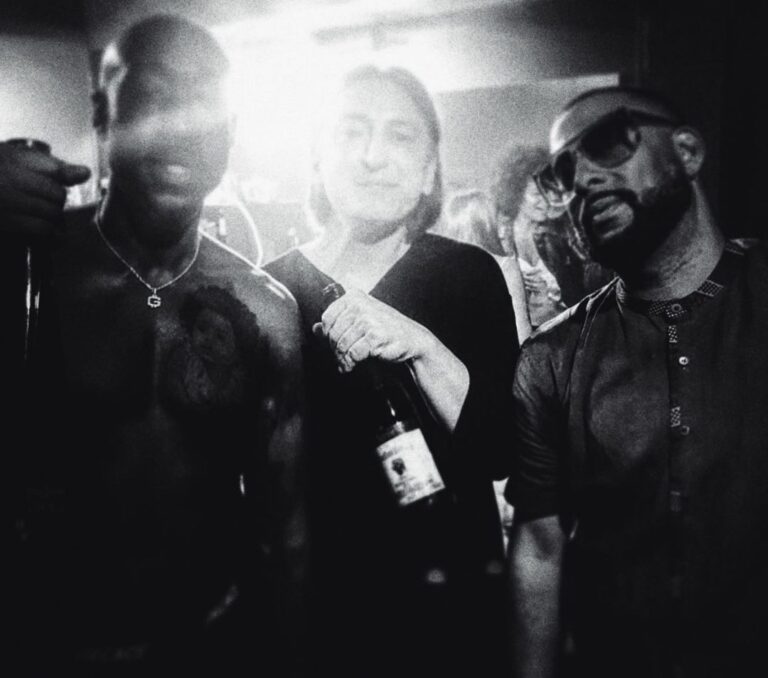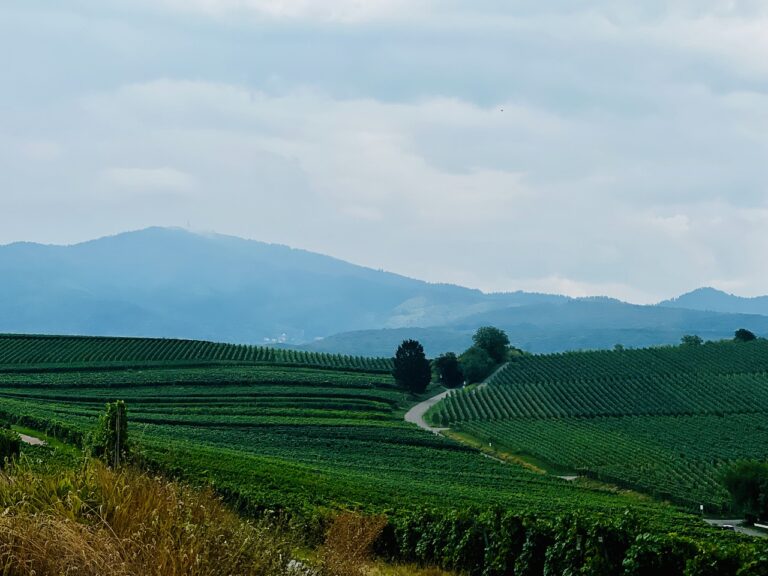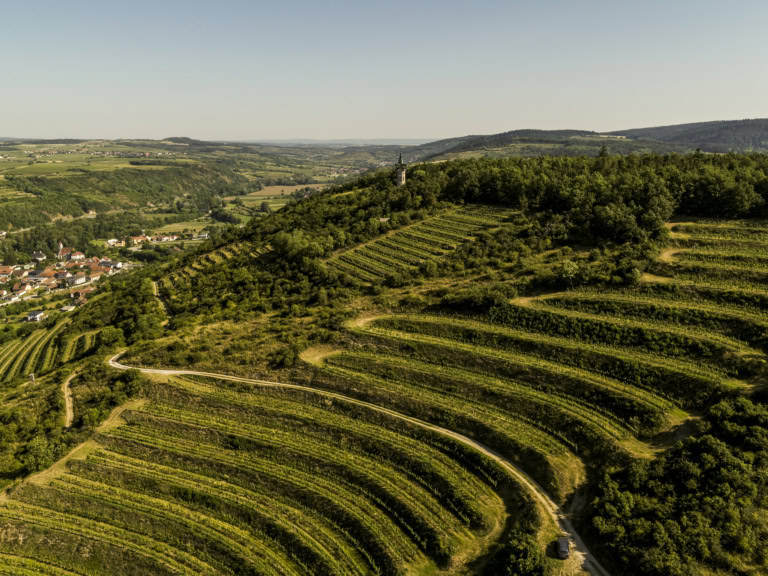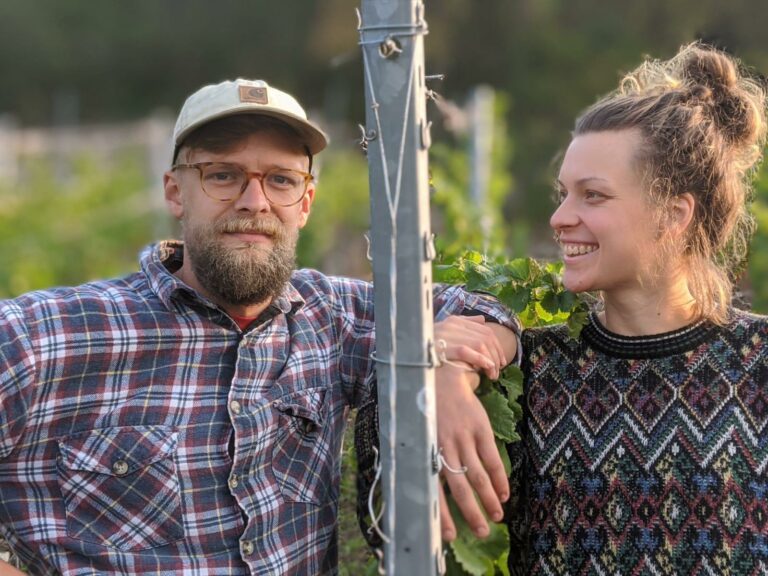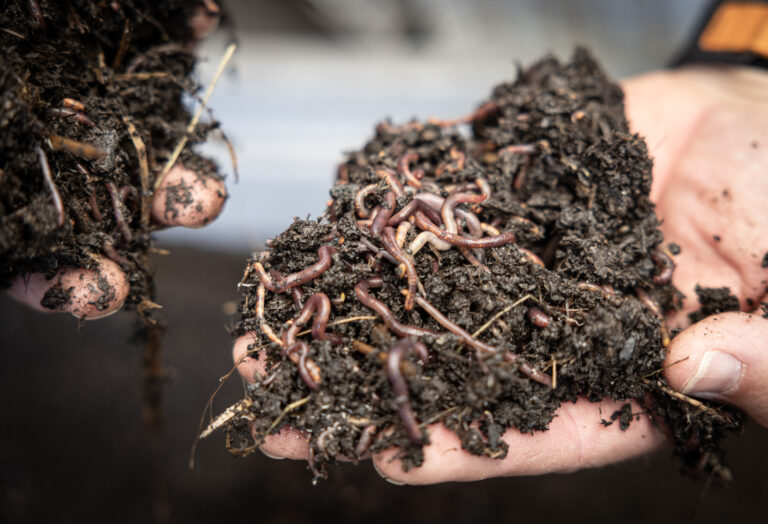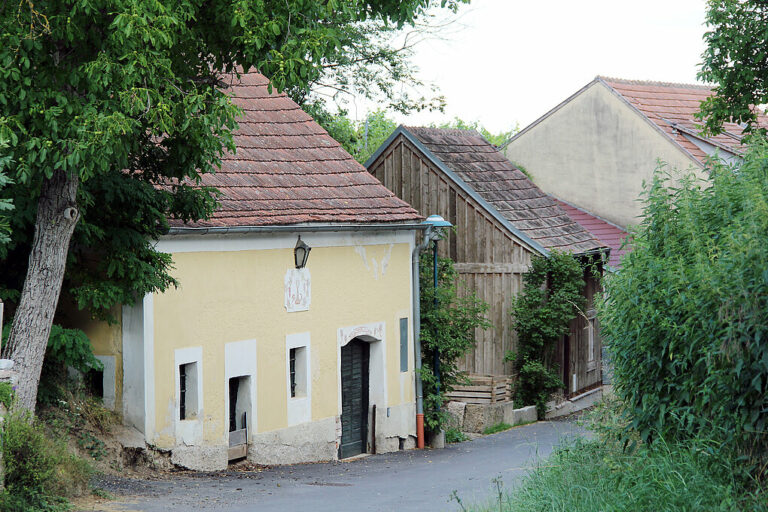When Wines Play the Lang Game in Austria
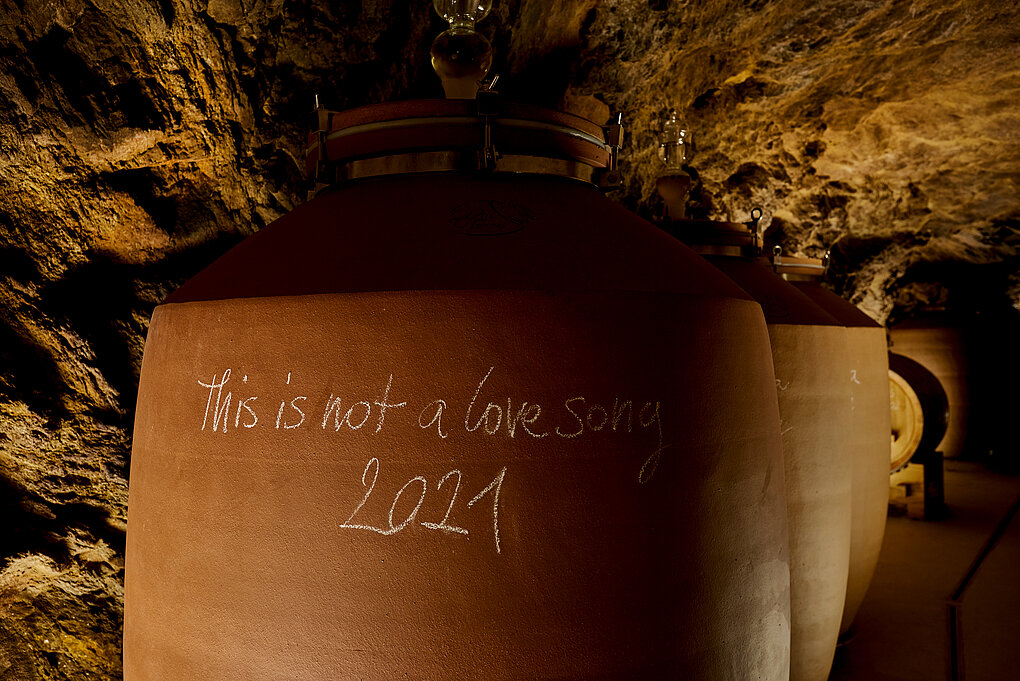
”In the past, nature held very little meaning for me,” Kremstal winegrower Markus Lang admits when asked to remember the first impressions of his vineyards. Fifteen years ago, he came to the parcels on Austria’s Steiner Schreck as the Virgin Mary to her child: naive and fully unprepared. He inherited the vineyard from his great uncle, whose winemaking reputation preceded him… for wines to be avoided at all costs. “But opening the gate to the vineyard for the first time, I was struck by a feeling that I belonged there,” he recalls. “So I got to work. And it was a…

